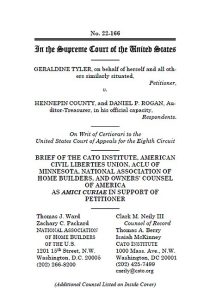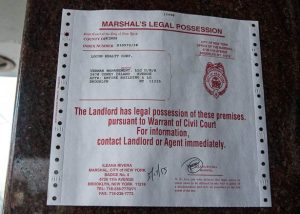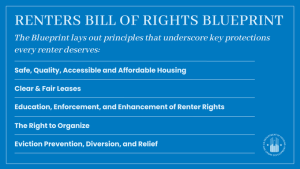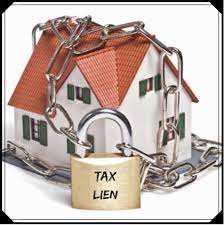 Recently, New York Courts, especially in those in Westchester County, where our offices are located, are encouraging the use of mediation to resolve disputes which have been filed as lawsuits in the Court. What is mediation, and how does it differ from arbitration? Mediation is the use of an independent third party, known as a mediator, in an attempt to resolve a dispute that initially commenced in Court. Many Courts now have a mediation program, and are referring cases to mediation, and, in some cases, ordering that the parties use a mediator to attempt to resolve a Court dispute.
Recently, New York Courts, especially in those in Westchester County, where our offices are located, are encouraging the use of mediation to resolve disputes which have been filed as lawsuits in the Court. What is mediation, and how does it differ from arbitration? Mediation is the use of an independent third party, known as a mediator, in an attempt to resolve a dispute that initially commenced in Court. Many Courts now have a mediation program, and are referring cases to mediation, and, in some cases, ordering that the parties use a mediator to attempt to resolve a Court dispute.
Legally, a mediation is different from arbitration. In arbitration, the parties usually are contractually obligated to use an arbitrator (also an independent third party) by the terms of a previously executed document such as a lease to resolve a dispute. There are organizations such as the American Arbitration Association (AAA) whose purpose is to provide arbitrators to resolve disputes. The main difference between arbitration and mediation is that arbitration, when contractually mandated, results in a binding decision reached by the arbitrator after he hears the case. Once the arbitrator makes a ruling, either party (usually the prevailing party) can file a motion in the appropriate Court to enforce the arbitrator’s decision as a judgment. For example, if the arbitrator rules, after hearing the evidence from all parties, that one party owes the other $50,000.00, that decision can be entered in Court as a binding judgment, after motion made to enforce the arbitration decision.
Conversely, mediation is generally done on the consent of all parties, and is not binding. It is an attempt to mediate the dispute between the parties, and can often replace discovery, Court hearings and a trial. In general, the parties, after appearing in Court for a preliminary conference, can consent to use a mediator in an attempt to resolve the dispute. More frequently, the Judge in the case may order the parties to use a mediator. In such cases, the Court generally provides the parties with a list of potential mediators, and the parties jointly choose a mediator.
 A prior blog post discussed a case now before the United States Supreme Court relating to surplus funds in tax lien foreclosures. The case involved a 94 year old woman in Minnesota who owed $2,300.00 in unpaid property taxes. The property was sold by the county for $40,000.00. The county then kept the excess funds from the sale, and, under the existing law, did not return the surplus funds to the former homeowner.
A prior blog post discussed a case now before the United States Supreme Court relating to surplus funds in tax lien foreclosures. The case involved a 94 year old woman in Minnesota who owed $2,300.00 in unpaid property taxes. The property was sold by the county for $40,000.00. The county then kept the excess funds from the sale, and, under the existing law, did not return the surplus funds to the former homeowner.











